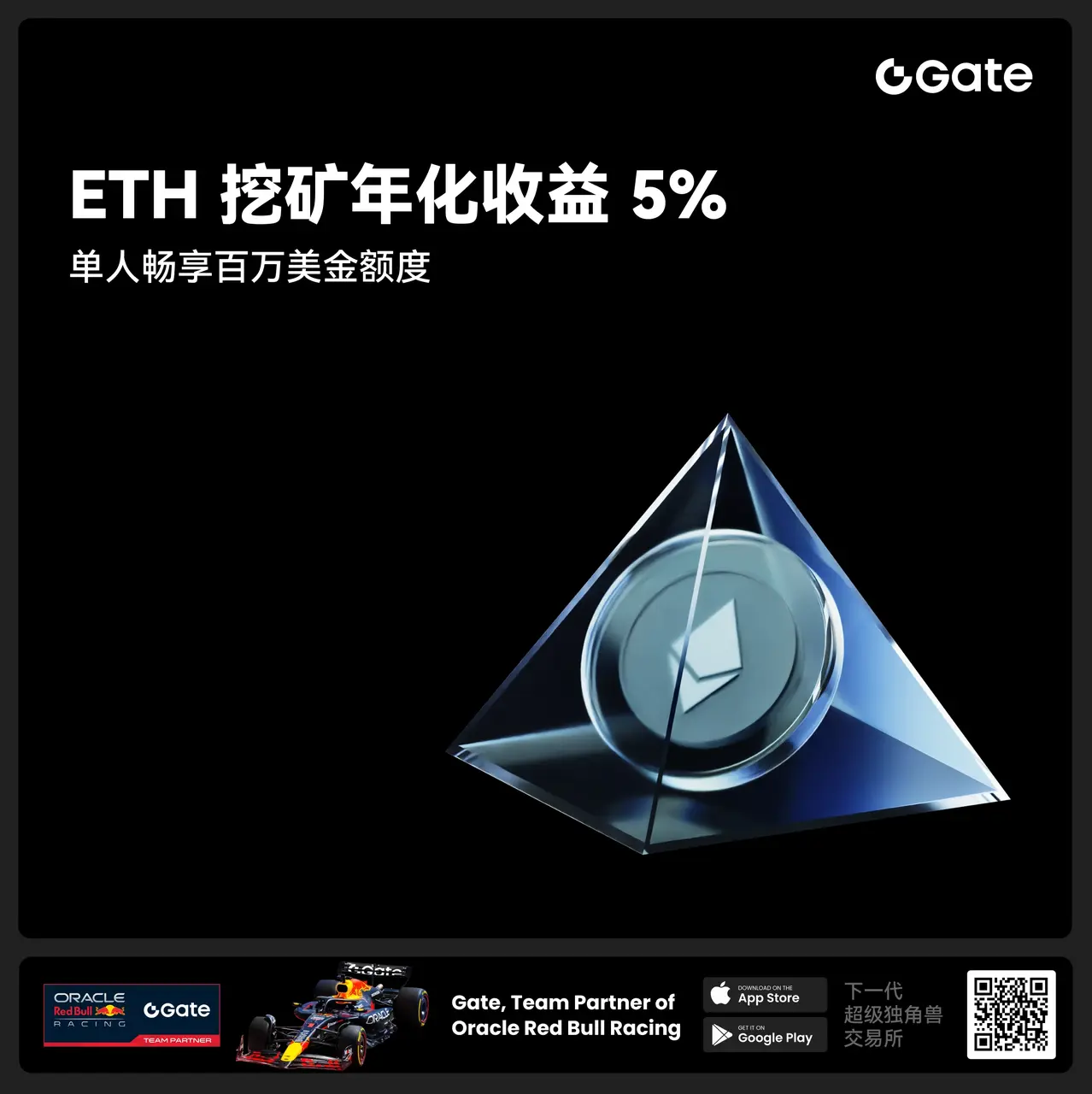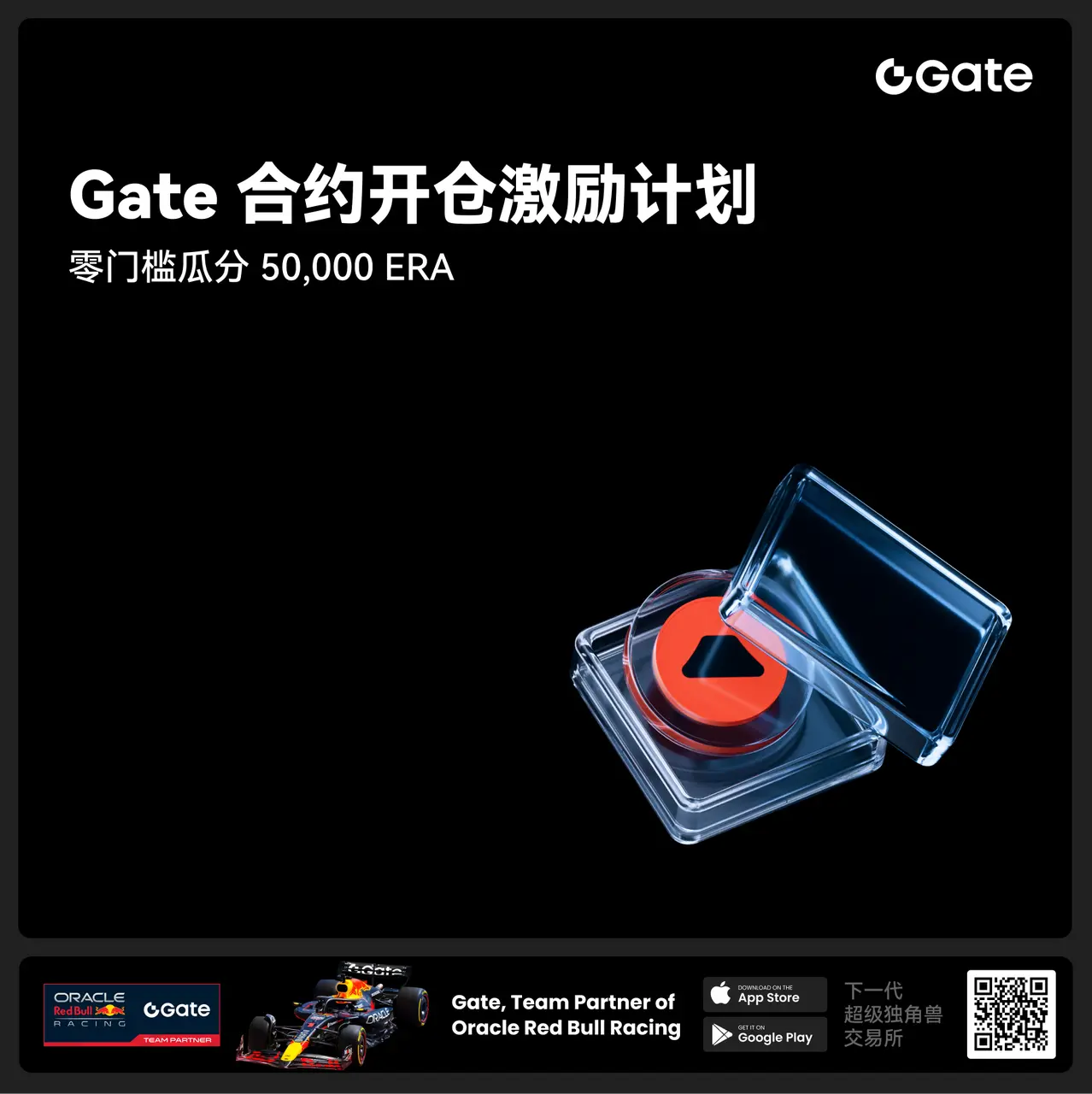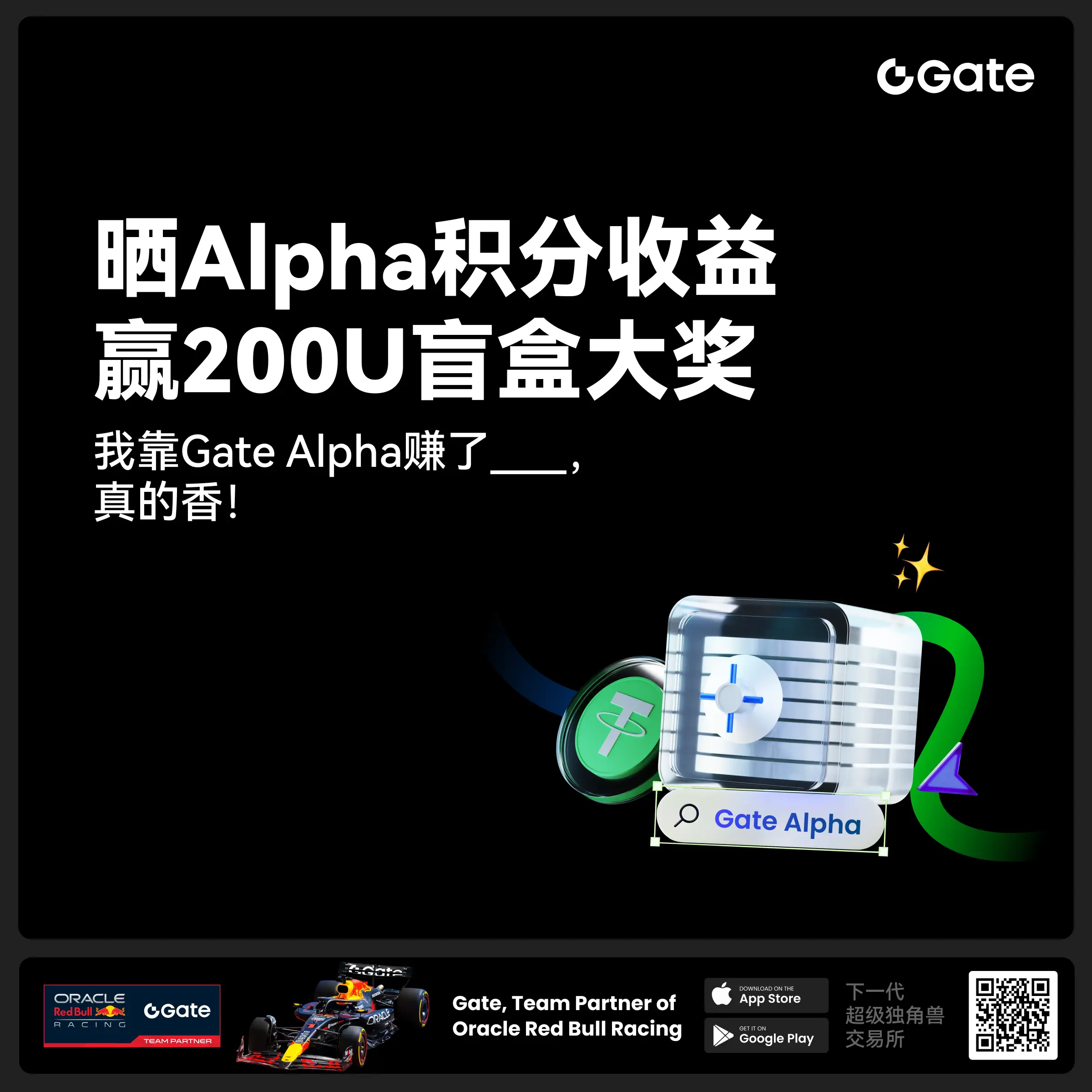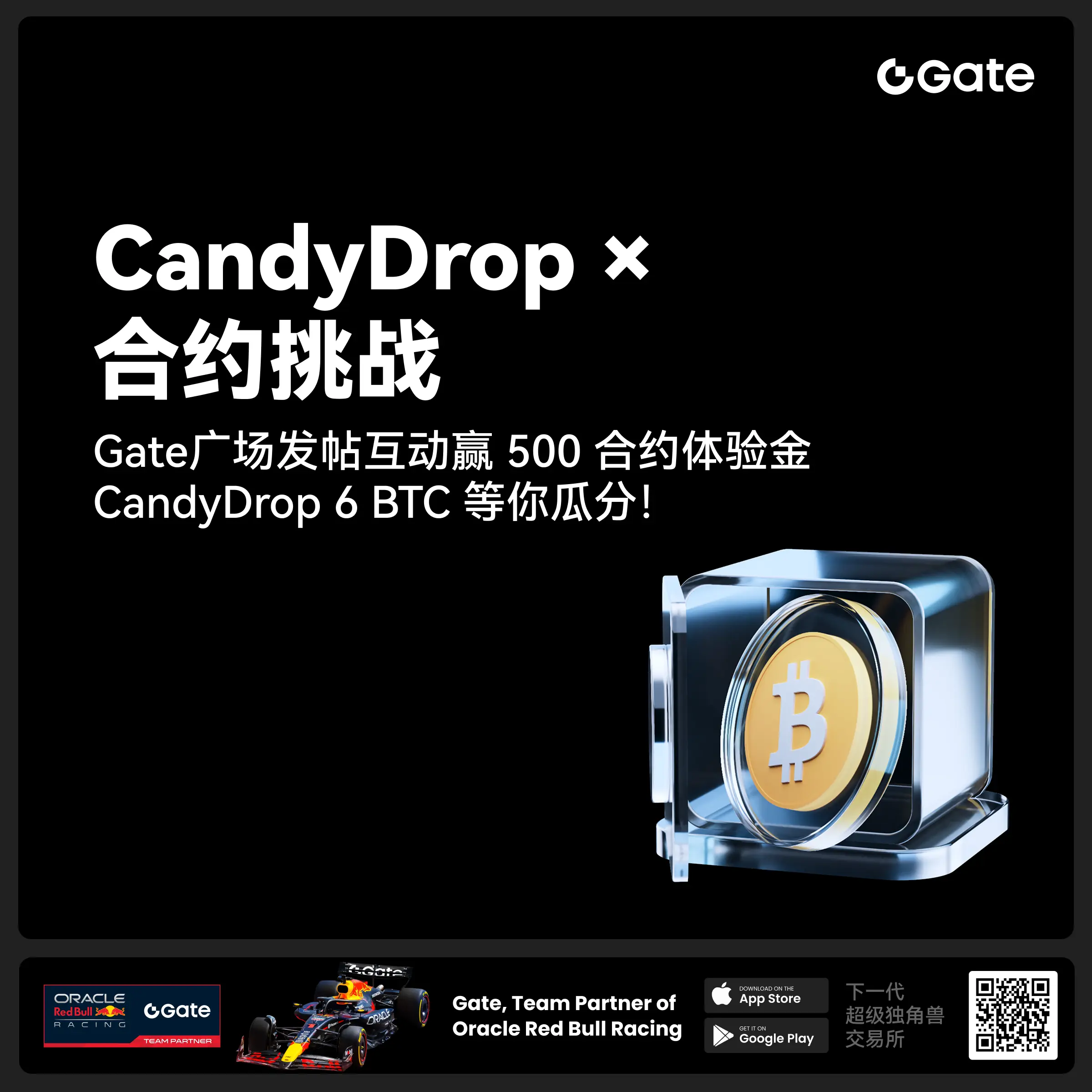- 话题1/3
22645 热度
37621 热度
2395 热度
301 热度
374 热度
- 置顶
- Gate 链上赚币:ETH 挖矿限时高收益!
✅ 年化收益近 5% + 额外奖励单人额度 1000 ETH
💎 最低 0.00000001 ETH 起投,无赎回期,随存随取!
立即上车,稳赚链上收益:https://www.gate.com/staking/ETH
- Gate 合约开仓激励计划火热上线!零门槛瓜分 50,000 ERA
开仓即有奖,交易越多奖励越多!
新用户享 20% 加成!
立即参与:https://www.gate.com/campaigns/1692?pid=X&ch=NGhnNGTf
活动详情:https://www.gate.com/announcements/article/46429
#Gate # #合约交易 # #ERA#
- 👀 家人们,最近你们都攒了多少 Alpha 积分啦?
空投领到了没?没抢到也别急,广场给你整点额外福利!
🎁 晒出你的 Alpha 收益,咱们就送你$200U代币盲盒奖励!
🥇 积分最高晒图用户 1 名 → $100 代币盲盒
✨ 积分榜前五优质分享者 5 名 → 各得 $20 代币盲盒
📍【怎么玩】
1️⃣ 带上话题 #晒出我的Alpha积分收益# 发广场贴
2️⃣ 晒 Alpha 积分截图 + 一句话总结:“我靠 Gate Alpha 赚了 ____,真的香!”
👉 还可以分享你的攒分技巧、兑换经验、积分玩法,越干货越容易中奖!
📆【活动时间】
8月4日 18:00 - 8月10日 24:00 (UTC+8)
- 🎉 #CandyDrop合约挑战# 正式开启!参与即可瓜分 6 BTC 豪华奖池!
📢 在 Gate 广场带话题发布你的合约体验
🎁 优质贴文用户瓜分$500 合约体验金券,20位名额等你上榜!
📅 活动时间:2025 年 8 月 1 日 15:00 - 8 月 15 日 19:00 (UTC+8)
👉 活动链接:https://www.gate.com/candy-drop/detail/BTC-98
敢合约,敢盈利
RWA市场半年增长49%,规模达234亿美元但挑战犹存
RWA市场2025年上半年增长迅猛,但仍面临多重挑战
2025年上半年,真实世界资产(RWA)代币化市场迎来了显著增长。截至6月6日,全球RWA市场总市值已达233.9亿美元(不含稳定币),较年初增长48.9%。私人信贷和美国国债成为市场的主导力量,分别占比约58%和31.2%。
然而,这一亮眼的增长背后,RWA市场仍面临诸多挑战。资产类别高度集中、流通性受限、透明度不足以及与加密原生生态关联度低等问题仍然存在,使得RWA距离成为真正的主流赛道还有一段距离。
在私人信贷领域,某区块链金融技术服务平台以101.9亿美元的活跃贷款额位居榜首。该平台主要提供房屋净值信贷额度(HELOC)业务,允许用户获得房屋价值85%的信用额度贷款。然而,该平台采用的是一种类似联盟链的设计,虽然有利于资产管理,但也限制了这些资产在市场上的广泛流通。
美国国债是RWA市场份额第二高的资产类别。某大型资产管理公司发行的代币目前发行总量约为29亿美元,成为该领域的主要代表。这类RWA产品相比传统国债交易方式具有更好的灵活性,提供全天候流动性。然而,其投资门槛较高,目前仅开放给合格投资者。
在公链方面,以太坊仍是RWA资产的首选网络,占据约55%的市场份额。一个令人意外的变化是,某Layer 2网络以22.5亿美元的资产发行量成为第二大RWA公链。这主要得益于一家引入Web3技术的资产管理公司的贡献。然而,该公司的资产上链实际金额存在一定疑问,因为其合约均未开源且没有与加密资产进行交互。
另一个值得注意的趋势是某老牌公链在RWA领域的崛起。该网络目前的RWA资产发行量约为4.98亿美元,主要来自一家大型金融机构发行的基于美国国债的货币化基金。
尽管数据显示RWA市场增长迅速,但仍面临诸多挑战:
总的来说,2025年上半年RWA市场虽然实现了近50%的增长,但要真正成为主流金融赛道,还需在透明度、流动性和生态融合等方面实现突破。